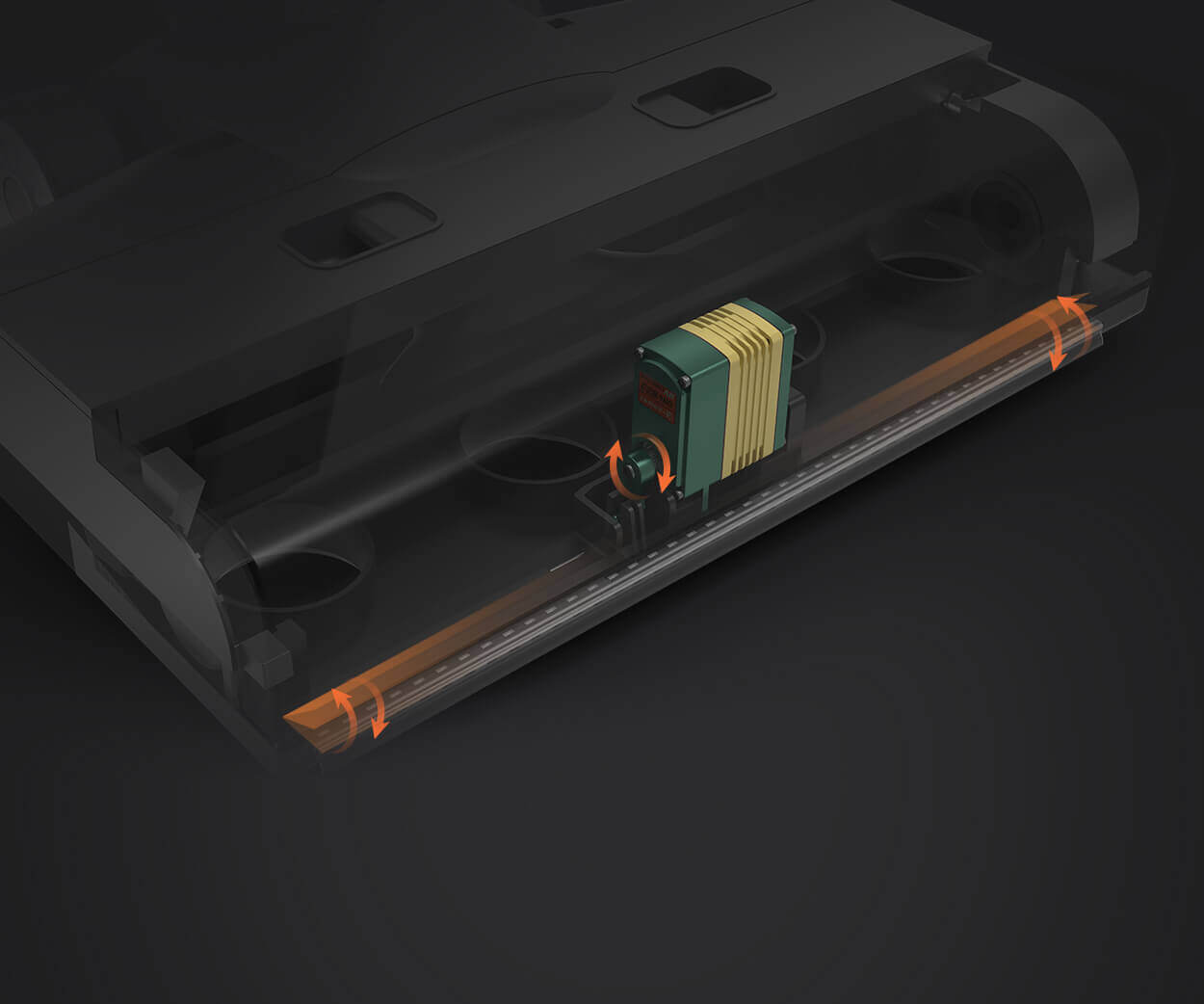Unlocking Precision: The Marvels of Micro Gear Motors in Modern Engineering (Part 1)
In an era where technology relentlessly pushes the boundaries of what’s possible, the smallest innovations often wield the greatest impact. Among these tiny yet powerful inventions stands the micro gear motor—a marvel of modern engineering that’s transforming industries from robotics to medical devices, aerospace to consumer electronics.

What Is a Micro Gear Motor?
At its core, a micro gear motor is a miniature electric motor integrated with a gear reduction system, designed to convert electrical energy into precise mechanical motion. Unlike standard motors that may power larger machinery, micro gear motors are optimized for applications where space is at a premium but performance cannot be compromised. Their defining characteristic is their compact size—typically less than 10 millimeters in diameter—paired with an impressive ability to deliver controlled torque and speed.
These tiny marvels blend the core components of a small electric motor—such as a rotor, stator, brushes (or brushless systems)—with a gear train that reduces rotational speed while increasing torque. This gear reduction is vital; it enables fine control over movement, essential in applications requiring meticulous precision.
Design and Construction
Micro gear motors are built with careful consideration of size, efficiency, and durability. Materials such as high-grade plastics, composites, and metals are employed to withstand operational stresses. The gear trains may feature spur gears, planetary gears, or even worm gears, depending on the specific performance needs.
Their compactness means that the internal components are densely packed, often with multilayered windings and miniature gears that require meticulous manufacturing. Advances in microfabrication techniques—including micro-machining, precision molding, and electroforming—have significantly enhanced the performance and reliability of these tiny devices.
Advantages that Make Micro Gear Motors a Game-Changer
Size and Weight: Their small footprint makes them ideal for portable and embedded devices, where every millimeter counts.
Power Efficiency: Micro gear motors consume less energy, extending battery life in portable electronics and reducing operational costs.
Precise Control: Gear reduction allows for slow, accurate movements, essential in applications like cameras, medical instruments, and automation systems.
Versatility: They can be customized to fit a wide range of voltages, torques, and speeds, making them adaptable for countless uses.
Cost-Effective Production: Mass manufacturing processes have lowered costs, making micro gear motors accessible for both high-volume industries and specialized projects.
Applications on the Rise
Industries worldwide are discovering the potential of micro gear motors. For example:
Medical Devices: Micro gear motors power tiny surgical tools, infusion pumps, and implanted devices that require delicate and precise motion in confined spaces.
Robotics: From nano-drones to humanoid robots, these motors enable fine motor control, enabling robots to perform assembly, object manipulation, and even delicate surgeries.
Consumer Electronics: Smartphones, wearables, and smart home devices rely on micro gear motors to operate hinges, cameras, and haptic feedback systems.
Aerospace: In satellites and spacecraft, micro gear motors are used in attitude control systems and miniature actuators, where space savings and reliability are critical.
Automotive Sector: They are increasingly used in sensors, adaptive mirrors, and seat adjustments, integrating into smart vehicle systems.
The Engineering Behind Their Success
The magic of micro gear motors lies in the harmony of design, materials, and manufacturing precision. Modern engineers use computer-aided design (CAD) and finite element analysis (FEA) to optimize performance before prototypes are built. Innovations in magnetic materials and insulation have enhanced efficiency, while improvements in gear fabrication have improved durability.
Additionally, the integration of sensor technology within micro gear motors—creating what’s called “smart motors”—has propelled their capabilities further. These sensors provide real-time feedback on position, speed, and temperature, enabling sophisticated control algorithms in complex systems.
Emerging Trends and Future Outlook
The future of micro gear motors is vibrant, with ongoing research focusing on:
Wireless integration: Embedding micro controllers and wireless communication modules for remote monitoring and control.
Enhanced materials: Developing wear-resistant, biocompatible, and environmentally friendly materials.
Energy harvesting: Engaging in innovations that allow micro gear motors to harvest ambient energy, reducing dependence on external power sources.
Miniaturization uprising: The relentless march towards smaller, more powerful, and more efficient motors is driven by demands for nano-drones, implantable nanomachines, and ultra-compact sensors.
Part 2 will explore real-world case studies, challenges faced in micro gear motor development, and the exciting possibilities they unlock in various industries.
Stay tuned for Part 2, where we delve into how micro gear motors are shaping the future of technology and innovation!
Leveraging innovations in modular drive technology, Kpower integrates high-performance motors, precision reducers, and multi-protocol control systems to provide efficient and customized smart drive system solutions.




































